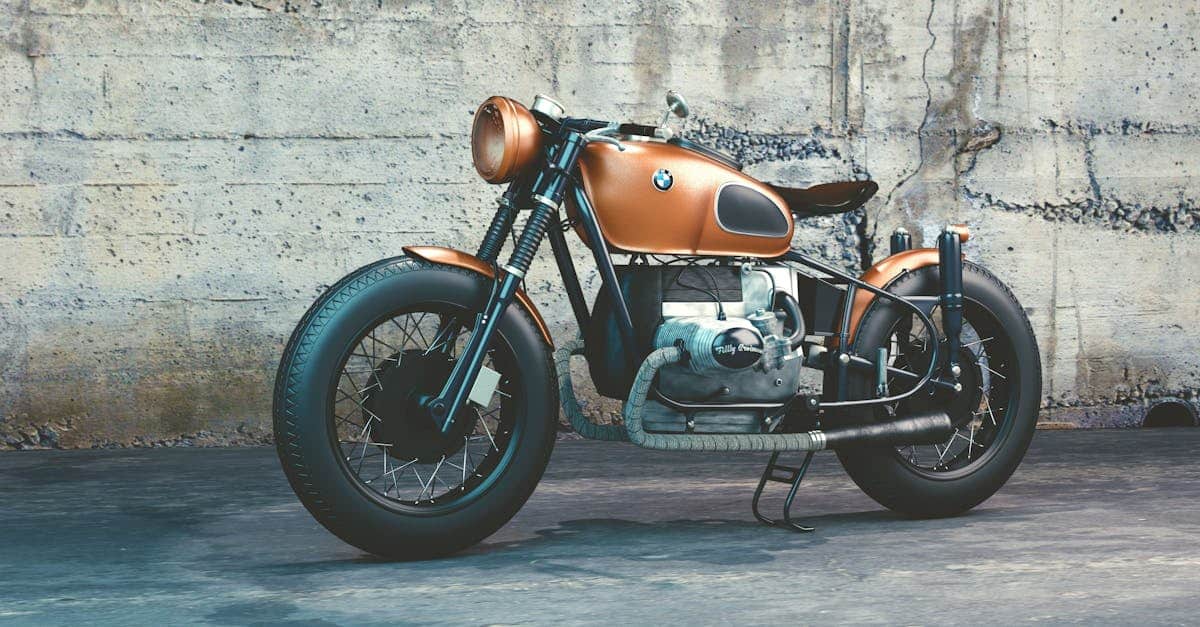In France, the maximum speed authorized for electric bikes to assistance is set at 25 km/h. This limitation applies when the engine is running. For those who want a faster experience, there are models capable of achieving 45 km/h, often called speed bikes, but the latter are subject to stricter regulations. It is therefore essential to choose your electric bike according to its needs and to respect the rules in force for safe use.

The maximum speed of a electric bike in France is an issue of growing importance, as more and more people choose this mode of transport. In this article, we will explore the different categories of electric bikes, the legislation that governs them, as well as the maximum speeds associated with them.
The different types of electric bikes
There are mainly two types of electrically assisted bicycles (VAE) available on the market. On the one hand, we have models that assist up to 25 km/h, often called classic VAEs. On the other hand, there are models called “speed bikes”, capable of reaching speeds of 45 km/h. This distinction is crucial, because it directly influences the regulations applicable to each type of bicycle.
Regulation of electric bicycles in France
In France, electric bikes must comply with specific regulations. VAE, which are limited to assistance up to 25 km/h, are considered ordinary bicycles. Thus, no registration or license is required for their use. However, as soon as an electric bike exceeds this limit, as in the case of speed bikes that can reach 45 km/h, the rules change. According to the Public Service, these bikes must be registered.
Maximum authorized speeds
The maximum authorized speed for an electric bike, when assistance is in progress, is therefore 25 km/h. This means that the motor will stop providing assistance at this speed. However, it is possible to exceed this speed limit with physical effort, without the assistance intervening.
Speed bikes, on the other hand, offer assistance that can reach 45 km/h. However, their power and speed subject their users to stricter regulations in terms of registration and insurance. This speed, while appealing to speed enthusiasts, also poses a challenge in terms of safety on shared roads.
The pros and cons of different speeds
Choosing an e-bike with different maximum speeds can impact not only your riding experience, but also your safety. E-bikes limited to 25 km/h are generally more suitable for everyday use in urban environments, offering a stable and safe ride. Conversely, models that can reach 45 km/h can be an attractive option for longer journeys or for those looking to reduce their travel time. However, the increased speed also requires greater vigilance and riding skills as the potential risks of an accident increase.
In short, the question of maximum speed of an electric bike in France is essential for cyclists. Being aware of the relevant legislation and choosing the type of bike that best suits your needs is essential. Whether you opt for a 25 km/h e-bike or a 45 km/h speed bike, remember that safety and responsibility remain major issues on the road. https://www.youtube.com/watch?v=IaxiiCppkaY
- Maximum speed of 25 km/h Possible overtaking:
- Can reach more than 25 km/h without assistance Fast bikes (speed bikes):
- Capable of reaching 45 km/h Assistance cut off:
- Stops beyond 25 km/h Regulations:
- 25 km/h bikes compliant with legislation Assisted bikes:
- Limited to 25 km/h when the engine is running Eligibility:
- 45 km/h bikes subject to stricter rules Urban use:
- Optimal use of bikes limited to 25 km/h FAQ on the maximum speed of an electric bike in France
What is the maximum legal speed of an electric bike in France?
The maximum speed allowed for an electric bike is 25 km/h when the motor is running. Is it possible to exceed 25 km/h with an electric bike?
Yes, it is possible to exceed this speed, but the electric assistance cuts out beyond 25 km/h .What about electric bikes that can reach 45 km/h?
Bikes designed to reach 45 km/h are subject to stricter regulations and are not considered classic electric bikes. Are e-bikes limited to 25 km/h at all times?
No, the 25 km/h limit only applies when the motor assistance is activated, which means that a cyclist can go faster without electric support. Are there any consequences for riding at more than 25 km/h on an electric bike?
Riding at more than 25 km/h With a standard e-bike, the bike is considered a moped, which requires registration and a driver’s license. How to choose an electric bike taking into account speed?
It is essential to determine your needs: opt for a bike limited to 25 km/h for daily commuting or a model that can reach 45 km/h if you are looking for higher speed for specific trips.